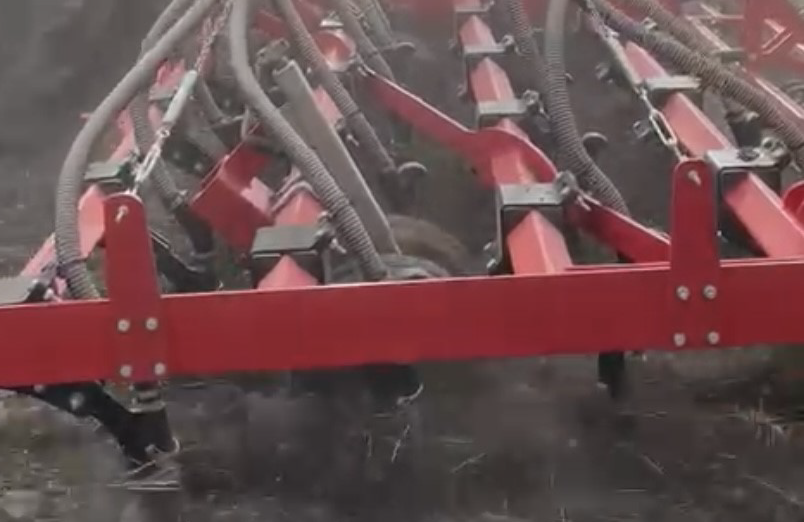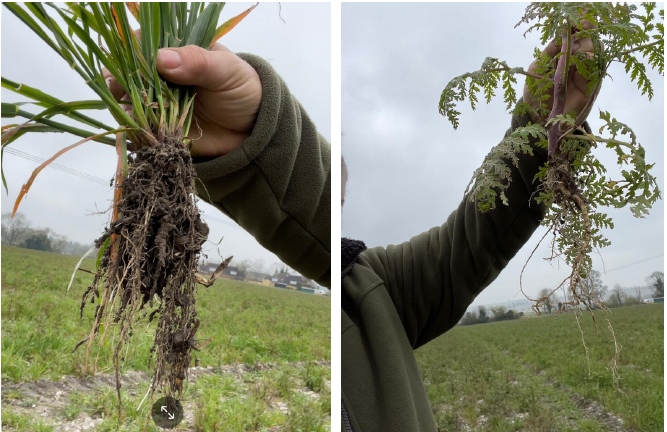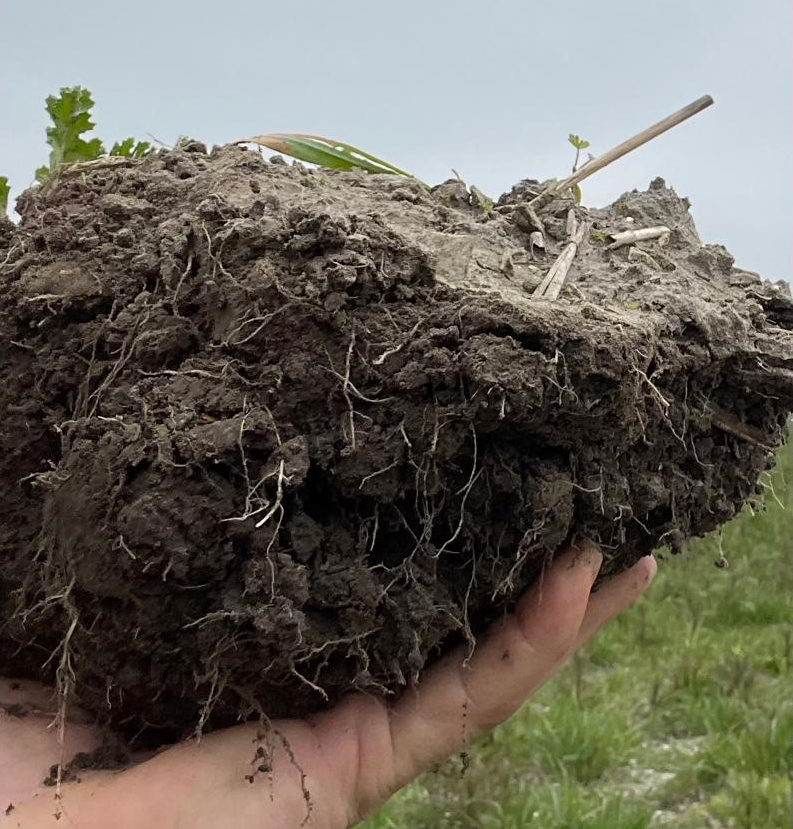Regenerative Farming
Regenerative Agriculture is any form of farming, the production of food, fibre or energy which at the same time improves the environment. This primarily means regenerating the soil. It’s a direction of travel, not an absolute.
We are looking to improve the health of our soils and reduce our reliance on artificial inputs in the form of fertiliser and pesticides. But I will categorically not do this to the risk of farm profitability and financial safety.
Healthy soils are a very complex ecosystem, made up of microscopic organisms working in harmony. The effect we can bring to that ecosystem is the food in the form of plants. These microorganisms break down plant residue and use living plant roots to convert residues into organic matter locking carbon in the soil as well as improving soil health and soil structure.
Below is the 5 core principles of Re-Gen farming and I will explain how I will try to encompass them in to our farming work.
5 Core Principles of Regenerative Farming
We will not not disturb soils but I will disturb it far less than I used to. Gone is the big Simba 2 foot discs, with subsoiling legs and at double D press. This would move every bit of soil in the top 8 inches and because the sub soiling legs were designed to bubble up soil we mixed soil from across the profile. In comes a Weeving Low Disturbance sub-soiler on 0.500m spacings. This is designed not to move soil but simply crack and shatter soil that has become compacted. The spacing of the legs mean that less than a fifth of the soil has any mechanical action. We will continue to use the Vaderstat Carrier working the top inch of soil to create a bit of tilth, encourage a chit of black grass and volunteers and have a positive action on slugs. Drilling will be done with the a very narrow Weeving Sabre tine on the back of our Bateman. This new drill allows us in the right circumstances to use as a direct drill.

We will used Cover Crops over the winter. Over a quarter of our farm land grows spring crops and these will have a cover crop of Linseed, Phacelia, Vetch and Buckwheat in them. This will be excellent for putting routes into the soil for the mycorrhizal fungi to bond with.
It will create drainage channels and the breakdown of the non-winter hardy species will provide food for the worms over the winter. We chop nearly all our wheat straw, all of our rape but we bale most of the winter barley and all our spring barley straw.
Slugs in straw residues can also be a major problem so we will manage our soil covering with that in mind. There will also need to be at least a two week period where there is no cover over the ground.
Aphids and other pests will be spread from old crop to new and we need to break that “Green bridge” for a period of at least a fortnight to avoid crossover contamination of pests, to avoid using insecticides.

Over winter cover crops will create drainage channels and the breakdown of the non-winter hardy species will provide food for the worms over the winter. Living roots in the soil are vital for feeding the biome at the base of the soil. Keeping mycorrhizal fungi alive and thriving is vital If we are trying to enhance our chances of moving away from fertiliser from a bag.
Between OSR and Wheat I will allow the volunteers and trash on the surface to armour the soil, but I will not let it get so out of hand that I create a slug haven, Between Spring Barley and Winter Barley the Carrier will be used as early as possible to try and encourage a chit of Spring Barley so we do not contaminate the winter barley. There will be instances where we will just be relying on volunteers and weeds to do this. Slugs are a major concern and cover crops and catch crops, if not managed properly, become a haven for them so we must keep the soil covered in a very responsible manner.

Monoculture is unpopular as it does not satisfy the food requirements all the soil’s microbial organisms. I will duel crop rape with buck wheat. This helps deal with CSFB problems and I will multi specie my cover crops.
I am currently looking at what I can do to multi specie my wheat, and winter barley in one harvest year. I refuse to grow non-profitable crops because I am a business and have an obligation to those I farm for and to myself to survive.
However, you will be pleased to read in the next point that I am bringing in livestock so there will be 100 acres of herb rich grass to go around in my rotation along with my 100 acres of AB15 (2 year legume fallow lay Countryside Stewardship mix)
I will hopefully have 60 beef cattle on the farm by the summer of 2024. The beef will be inside to begin with because I have no fences or water around my farm. However, the longer term intention is to move them round on 2 year pasture lays to rest fields and introduce more manure into the system.
Mob-grazing is quite a way off, but at least muck from the inside cattle unit will go out and pasture lays will rest fields on the farm.